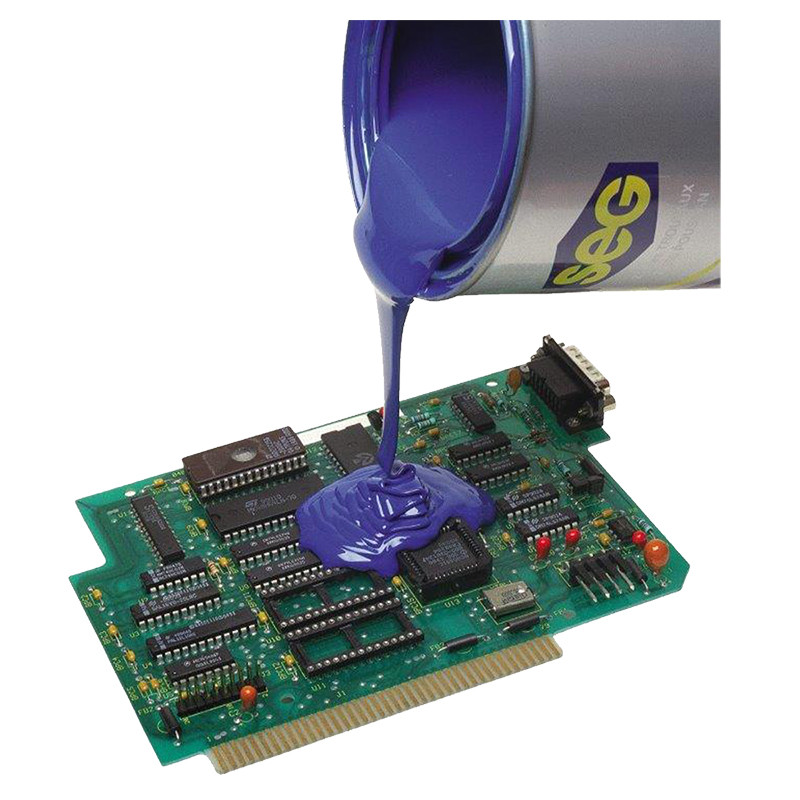

Category


Photos are for informational purposes only. View product specification
please use latin characters
Description:
Different physical, chemicals, electrical preferences make polyurethane resins excellent material in electronic industry
Preferences:
Polyurethane resins has following preferences:
- exothermic constant. ,
- weak shrinkage,
- penetration,
- adherence properties.
- self-extinguishing,
- thermal conduction.
Resin preparation:
They are delivered as two components, which react to the ambient temperature. They can be mixed manually or automatically.
- Preliminary resin heat up to 40C Caution. This can shorten resin lifetime.
- Add hardener in proportions shown on the table, then mix.
Resin usage:
Dependent on resin type and application it is recommended to:
- Preliminary heat up parts (60°C max)
- Pour out resin in the room temperature and the atmosphere pressure.
- in some special cases it is possible to pour resin in vacuum.
Polymerisation:
- it is recommended in ambient temperature (23°C),
- it is possible to speed up polymerisation by putting parts in max temperature 60C,
- later hardening in some cases allow to give resin better thermal and mechanical preferences.
Safety measures:
Because of hardener chemical properties it is not recommended to leave it on air for to much time.
Storage conditions:
3-6 months depending on the product, in original, closed container. Far away from sun or other heat source.
Packing:
In containers: 1, 5 and 30 kg or in barrels 200 kg
Protection and hygiene.
They are not much toxic. Skin contact not recommended.
Are you interested in this product? Do you need additional information or individual pricing?
Description:
Different physical, chemicals, electrical preferences make polyurethane resins excellent material in electronic industry
Preferences:
Polyurethane resins has following preferences:
- exothermic constant. ,
- weak shrinkage,
- penetration,
- adherence properties.
- self-extinguishing,
- thermal conduction.
Resin preparation:
They are delivered as two components, which react to the ambient temperature. They can be mixed manually or automatically.
- Preliminary resin heat up to 40C Caution. This can shorten resin lifetime.
- Add hardener in proportions shown on the table, then mix.
Resin usage:
Dependent on resin type and application it is recommended to:
- Preliminary heat up parts (60°C max)
- Pour out resin in the room temperature and the atmosphere pressure.
- in some special cases it is possible to pour resin in vacuum.
Polymerisation:
- it is recommended in ambient temperature (23°C),
- it is possible to speed up polymerisation by putting parts in max temperature 60C,
- later hardening in some cases allow to give resin better thermal and mechanical preferences.
Safety measures:
Because of hardener chemical properties it is not recommended to leave it on air for to much time.
Storage conditions:
3-6 months depending on the product, in original, closed container. Far away from sun or other heat source.
Packing:
In containers: 1, 5 and 30 kg or in barrels 200 kg
Protection and hygiene.
They are not much toxic. Skin contact not recommended.
Your review appreciation cannot be sent
Report comment
Report sent
Your report cannot be sent
Write your review
Review sent
Your review cannot be sent
